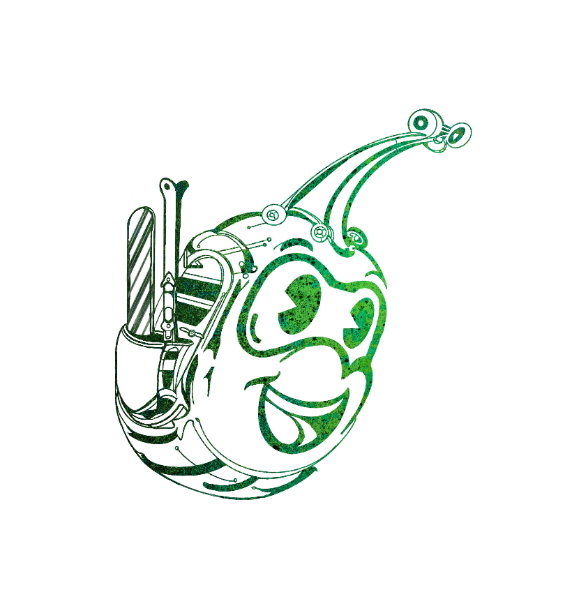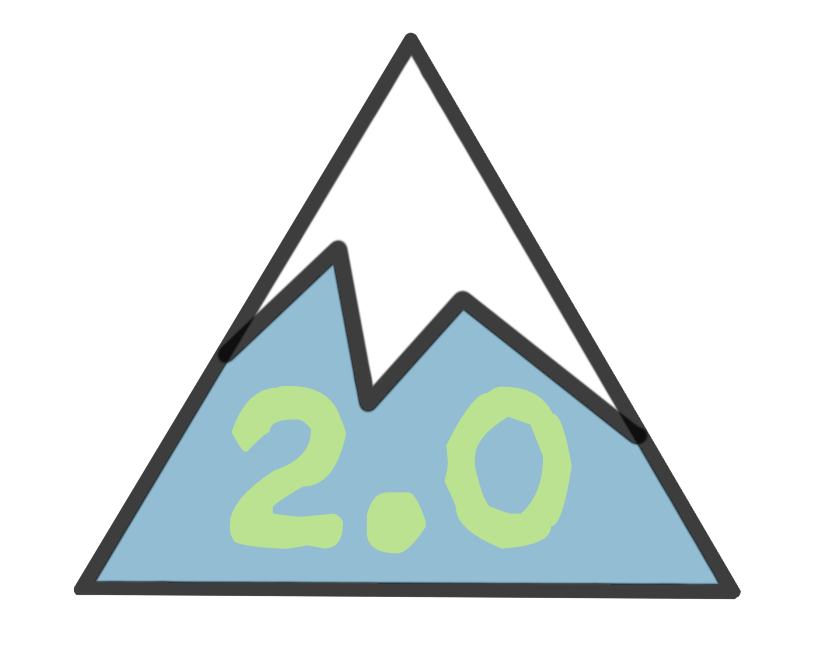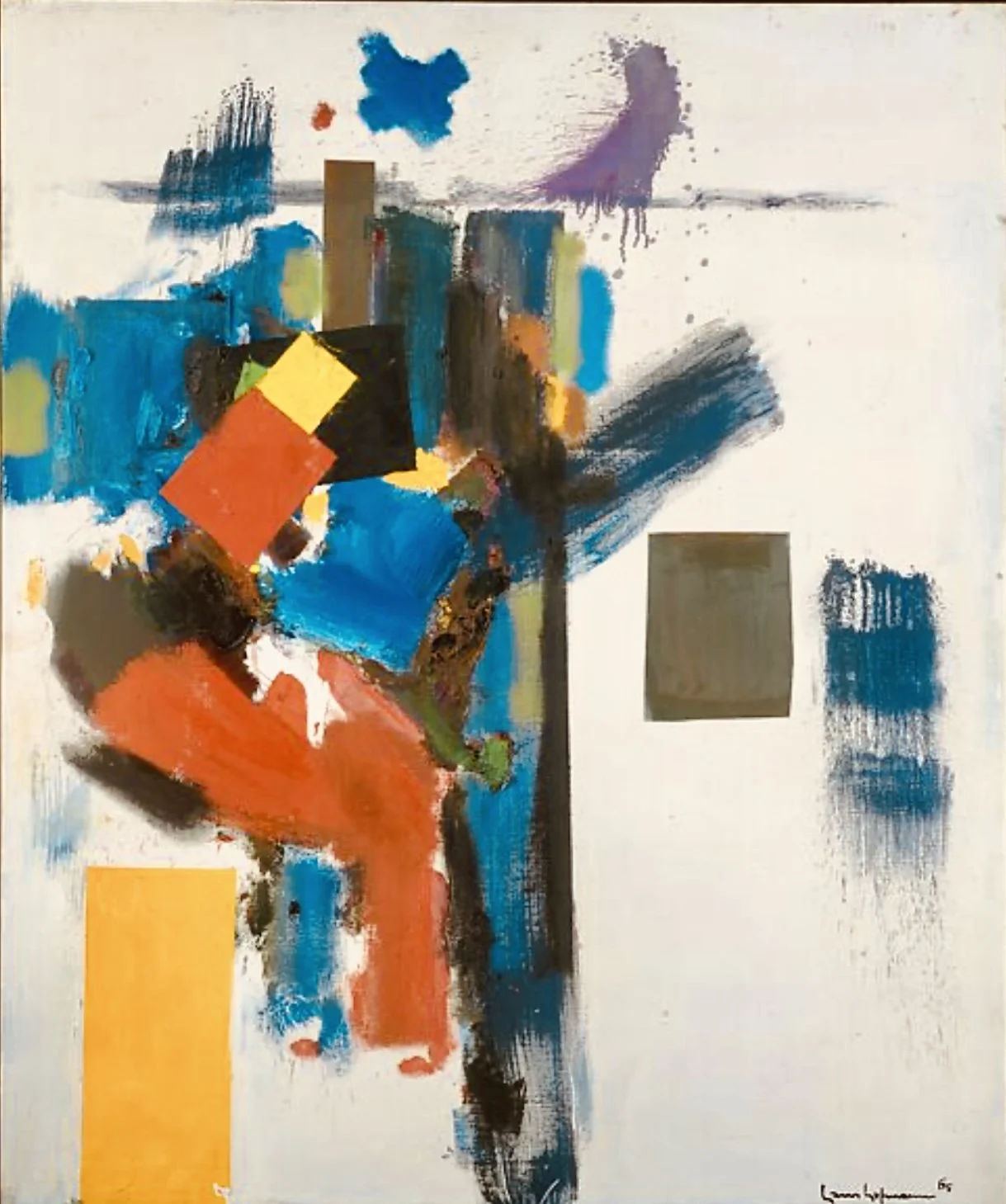
“The ability to simplify means to eliminate the unnecessary - so that the necessary may speak.”
—> hans hoffman

terms for MTN 2.0 [A -> Z]
This is our compendium of useful terms for mountain play. It is particular to our system in many respects and takes into consideration the older interpretations from the previous approach. It is not a static list and will be edited as we go. We are making a re-vision of this pocket reality and this requires some bold strokes at times. For instance we have changed the MTN 1.0 term “fall line” to MTN 2.0 “flow line”. It just makes sense when you carry a mindset of openness + growth.
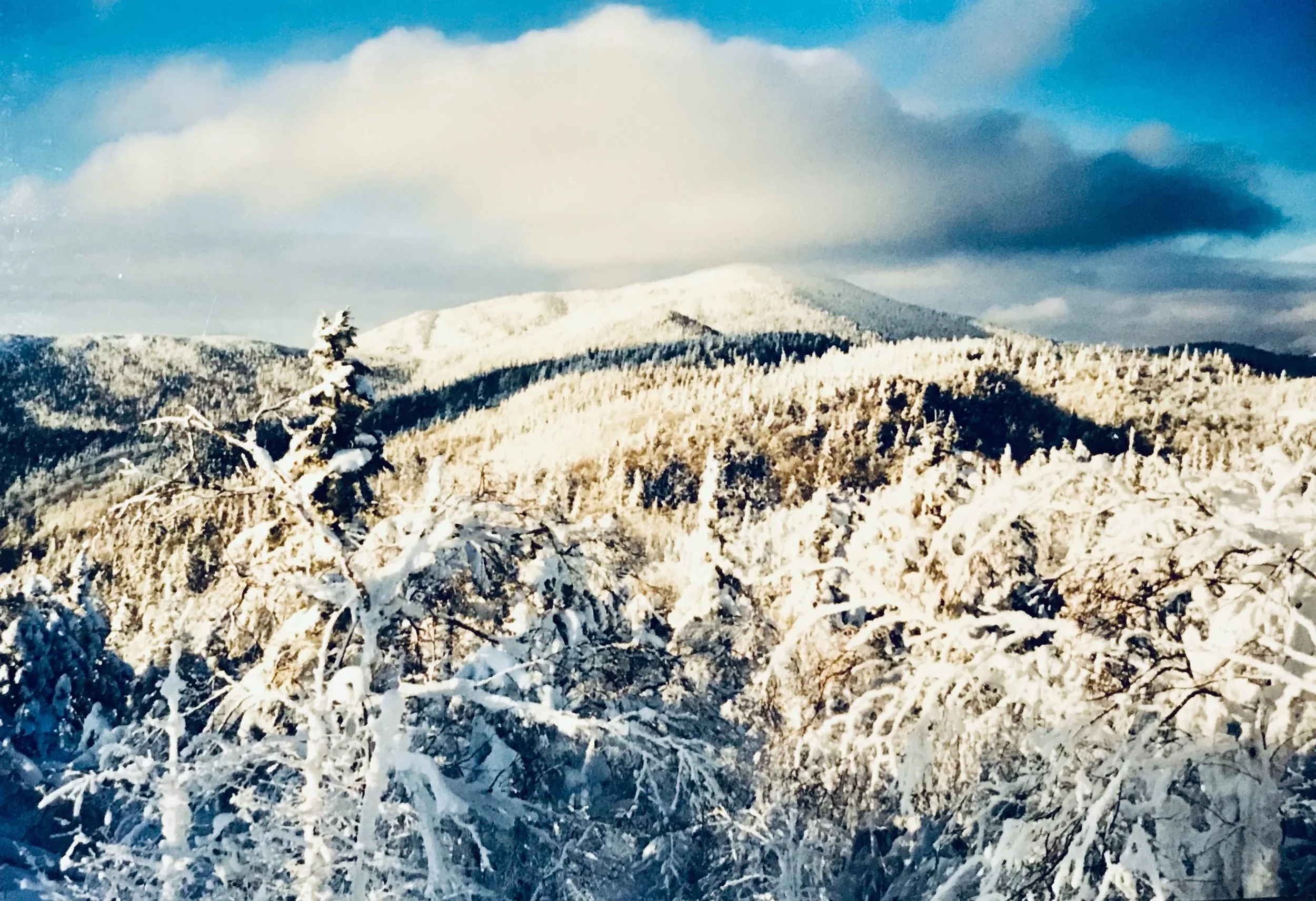
A -> G

Aim -> The term used exclusively for the verbal command to set the course for the bearing of the tip aspect of the board (ski or snowboard) to aspire to reach a destination. The tip aspect is the key designation to cue to this verbal command.
Alpha -> The most dominant and assertive posturing for a person in a group setting.
Area Code/1(212) -> The primary pattern of the new alt version as given by Slopefriend (also known as Safety B/Safety A). The skier aims either LCD or RCD and engages the Safety posture through a four count while reaching a terminus point. It is then that the user slips and schmears in a fanning effect that diminishes once the user drifts back to the center line. The name of the pattern comes from the 1-2, 1-2 rhythmic pattern found in most hip hop beats and pays homage to the city of origin of the brand -> NYC
B/A Stickers -> The B/A tip stickers are a color coded video game learning strategy that is analogous to the B/A buttons on a classic Nintendo control pad. The B ski is the left and the A ski is the right side. This is a constant in the system. The user is oriented to [dnhl] as a constant fixed prime location and the skis must meet the standard in order for the system to work. It is used to minimize the confusion that occurs during the learning process in communication. Left and right designations are used sparingly in the Slopefriend system in the LCD/LCU/RCD/RCU diagonal minor axis locations.
Black Diamond -> The expert ability level. The black diamond symbol is the coveted goal of any person indoctrinated into the mainstream culture of MTN 1.0. It is deemed a badge of higher status for people to claim the black diamond. What is common for people is to appropriate expert status in their own self-estimation by simply managing an experience on a black diamond trail. Whether harrowing or not, this elevates their personal status of themselves and creates a gap from what they now perceive as underlings - the Green Circle lot - the lowly beginners or freshman garbage. The Black Diamond symbol was originally created to keep those lacking in skills from inadvertently wandering onto a slope that might endanger them and others. This labeling is a double edged sword in effect as a means to exercise safety and as a way to create a status hierarchy that does much to exclude newcomers to the MTN experience.
Blue Square -> The intermediate slopes. A step above the Green circle in the NSAA ability level pyramid. The intermediate slopes lie somewhere in between the flat and wider beginner slopes and the more challenging and steeper expert slopes of the black diamond signage type. A typical blue square player will never freely admit in plain language that they are an intermediate. They tend to speak about the few black diamond trails that they have sampled and will often subconsciously identify themselves with the cult of experts.
Bona fide -> Genuine. Without the intention to deceive.
Bona Fide Session -> A group minimum of 3 whereby a certified conductor acts as a conduit for group learning. The group works as a unit and establishes a small safe learning territory to keep the group grounded. The Conductor facilitates the pace, needs, encouragement, flow, and security of the other users. The conductor has many tools in their toolbelt to get the group to progress.
Carve/Carving -> A major preoccupation of the older version (MTN 1.0) and in Edge Drive Mode. The emphasis of keeping a constant focus on the edge of the board has created proponents of teachers who speak about the benefits of carving. This entails using excessive techno speak to describe the feeling of what your body should be doing to develop a series of actions through timing and using your equipment to place pressure on the edge of the board to cut or carve a turn (S-shaped/Slalom) on the surface of the snow.
Caveat Emptor -> “let the buyer beware” This term defines the principle that the seller of a service or product cannot be held responsible for its quality. This is an example of reading the “fine print” before buying into the services provided by ski or snowboarding school. They do not prepare the user for dangerous situations that are imminent upon leaving the guidance of said instructor. The “fine print” also states that the user must accept and assume a period of “hazing” whereby they will be subjected to lower status and unnecessary hindrances to their development for an undefined period of time.
DIN Setting -> (Deutsches Institut fur Normung) The binding has a tightening effect on the boot much akin to a vice grip. The industry usually relies upon the height, weight, age, and boot sole length of the user with a cross-referential of the user’s ability level. This ability level is usually manufactured by answering a questionnaire that places one into a sorting hat that announces the level of the user.
[dnhl] -> The shorthand for downhill in the chart and is represented by the lodge icon. This direction is the “magnetic north” for the user and it is of the utmost importance to be aware of where the lodge is in relation to the POV of the user.
Do Over! -> The clause included in the last step of the S.L.O.P.E. script (“E” for EXO-cution) that allows the user to start over again. This creates a feedback loop for the process to start over again in any chosen manner of re-creating the process.
Double Black Diamond -> Kinda like double secret probation in the film Animal House. The double black diamond skier/rider is way cooler because they can shred the most steepest and extreme of terrain. This hallowed real estate is double expert-y, so only Double Experts Only! More like Skeptics Only Bro. It is very subjective as to what all this means. A double black diamond trail is open to a broad spectrum of interpretation from MTN ops all over the MSI. It can be a hyped-up intermediate trail to a steep cliff -like chute with trees and rocky protrusions. Most ski areas try to boast at least 2 of these trail types because the message in their marketing script tends to rely on the public acting like status hungry automatons and will naturally think that more double black diamonds at resort A is better than resort B that has none. Or the 2 year strategy of resort C that will boast 3 Octuplet Chairlifts that serve four Quintuple Black Diamond Trails in order to bring in the numbers that they projected three years ago. It could happen.
Drift Drive -> The alternative mode or interpretation of the approach to navigating the slopes. The user is cognizant of the Major Quadrant (as referred to in Edge Drive), however, has the means to operate in whatever direction the user chooses by developing an awareness of the diagonal axis in slope play. This is the Minor Quadrant that is indicated on the SlopeNav Chart with the diagonal tags - LCD/RCD/LCU/RCU. Much like drifting technique used in motorsports - the user on the slopes controls the diagonal drift by holding the primary posture known as Safety. The edges are released from dominant contact and the base of the skis hold greater area of snow contact while rambling in a diagonal direction. The primary pattern of this is known as the 1(212) or Safety B/Safety A.
Edge Catch Point -> The placement of the edges during the process of the S.L.O.P.E. script (P. for Pre-Launch) where the slope player establishes tentative contact of the edges with the snow in preparation for the rising to get back up.Ed
Edge Drive -> The mainstream mode or interpretation of approach to the slopes. The user is cognizant of forward and side to side and sometimes backward through (what is known in the Slopefriend system as) the Major Quadrant. “S” shaped turning patterns (Slalom) are the ideal and constant attention on the use of the edges of the board are highly emphasized. The Primary Posture of this mode is known as WEDGE, Snowplow, or Pizza.
EXO -> Body (when used effectively: it creates new advantages)+ Gear (when used correctly; it bolsters advantages) x Slope(2 modes). Mind chooses from 2 Modes of Slope Play (Major/minor) and activates it through neurological signals in the body linked to the gear(this is a key(secret sauce) to our alternative system of learning). Environmental cues and feedback in real time enable the user to produce the most optimal and yet personal expression through their movement on the slopes. EXO is a metaphor of an exoskeletal mechanical tech suit. The human is augmented with the correct formula and tactics for operations in slope play.
Fanning -> The pattern inherent in the Safety B/A / 1(212) Area Code. An angle arc formation in a diminishing fashion created on the snow by utilizing the 1(212) pattern. (Also refer to schmear)
FIS -> Federation International de Ski. The main governing body of skiing and snowboarding. Their headquarters are in Lausanne Switzerland. The board of director$ are entitled to control the way skiing and snowboarding are expressed and suppressed.
Flow Line -> The path of least resistance on the surface plane of a slope. In nature, it is the course of the river flowing through a landscape. In a slope field, forces are at work with gravity and decline to bring a slope user to experience freedom from resistance. In the older version, it is sometimes called the fall line.
Freeboot Mode -> Training exercises using one ski fastened on one boot and the other boot is free or unencumbered. The command “Freeboot A” denotes the right foot while “Freeboot B” denotes the left foot.
French Fries -> This term applies to the older version and is given to little kids by instructors to teach the method of straightening the skis. The child student is given the verbal command “pizza” to make the snowplow posture and given the command “french fries” to disengage the wedge and allow the skis to glide parallel and allow for some speed to develop.
Green Circle -> The novice or beginner. The Green Circle is the lowest level in the hierarchy status tiered ranking system that pervades all signage on the MTN. The signage is dictated by NSAA and the classifications are given in order to coral the beginner onto slopes that fit the approved ability level. It is given as a symbol and it acts as a safety precaution but has an unintended result. The classification system serves to divide people of the slopes into cliques. It is very undesirable to be labeled a beginner or novice and so people tend to hurry to approach the upper tiered slopes. This is where and when a lot of accidents tend to happen.
Gunslinger -> The way one carries their board(s)and conducts themselves when going to and from the lodge and parking lot. In the wild country - a gunslinger carried their long rifle with a cool demeanor and composed grip on their tool of choice. Never faltering in keeping a ready hand and steady eye on what’s coming on down the track.
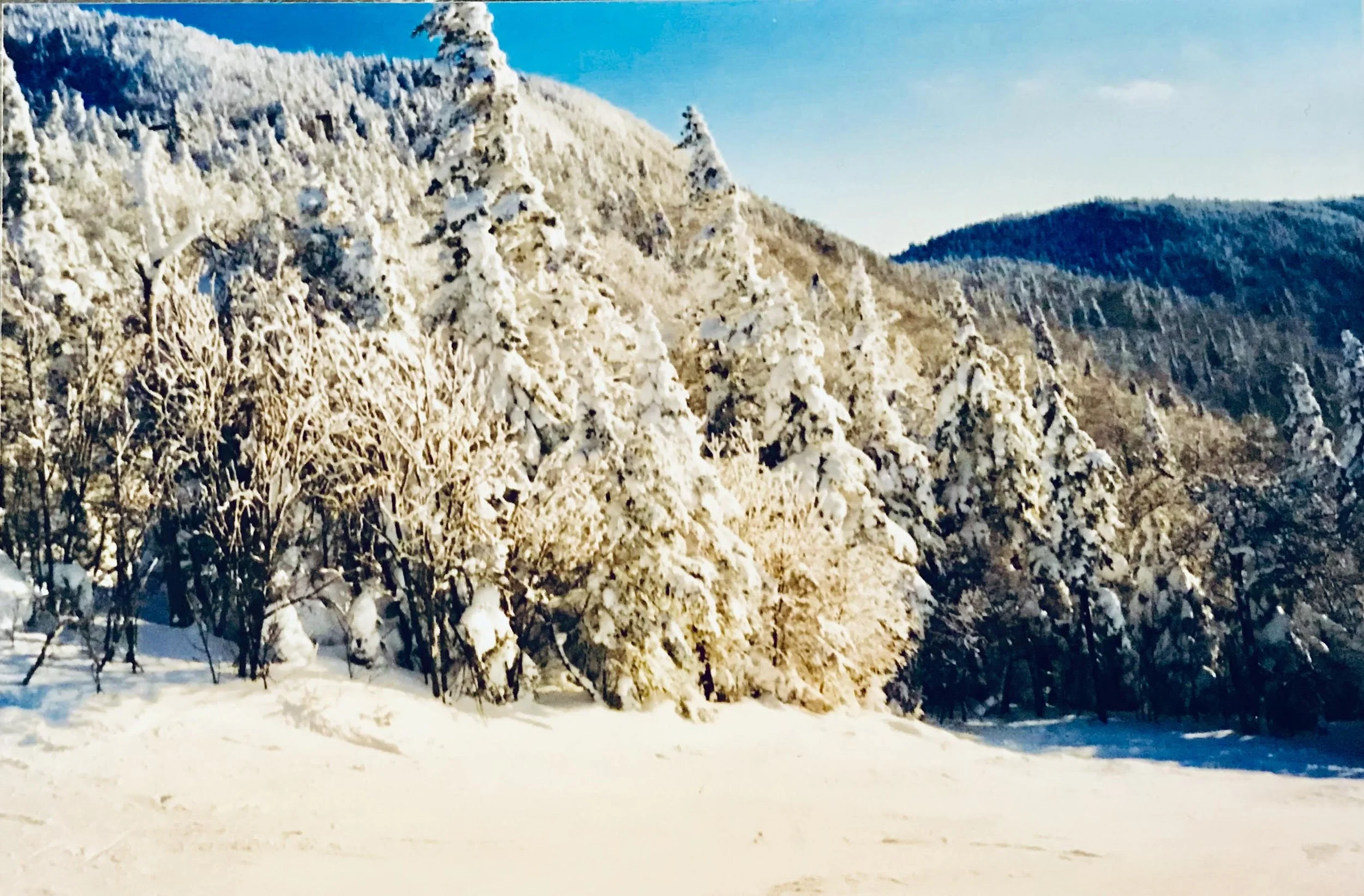
H -> P

Hack the ¾ -> Slopefriend skill building sequences are divided into four parts. It is between the 3rd part(card) where a conductor may intervene and edit the sequence with a previously imprinted skill. The addition and edit of the 4 card sequence brings the user to an accelerated realization of the objective.
Hockey Stop -> The prescribed means by which the MSI (Mainstream Snowsports Industry)encourages the user to slow down and stop. This is given as a goal for the beginner to aspire to learn. The WEDGE/Snowplow/Pizza is given as an early means to control speed and stop. The Hockey Stop uses both skis in a lateral carved abrupt(ish) swoosh/spay. The Inside edge catches the snow on the downhill aspect and the outside edge catches the snow on the uphill aspect. The skis are parallel and placed close-in with less than shoulder width apart. The poles are not necessarily used in this method and therefore lack stabilization measures of precaution. The Hockey Stop is sometimes used for show and to spray snow on others.
Horsey Coral -> A skill building exercise wherein the skier will bear pressure down on the tip of a ski held upright as a central pivot point. The skier will progress in a circle around the pivot point with one ski fastened on in Freeboot Mode. Skier has Freeboot B (left boot) for clockwise travel and Freeboot A (right boot) for counterclockwise travel around the circle. Pressure is focused on the area slightly behind the heel piece of the bindings. Freeboot digs in and drives the propelled ski around the pivot point. Attention is given to the feeling of the pressure that results in the propelled ski. This creates a realization to be utilized in other corresponding skill building exercises.
IOC -> International Olympic Committee. The boss of bosses. The governing body of all sports organizations that dictates which sports are given preference in showcasing during a short window of media exposure every four years. Originally conceptualized by Pierre de Coubertin the Olympic Games to embody the best in the human spirit - today the Olympic Games has grown into a thousand headed monster that wreaks economic havoc on its host cities and creates a culture of competition (and nationalism) so fierce that many resort to dangerous drugs to enhance their chances of a brief moment in the spotlight and future prospects of pstatus on a resume or social feed.
LCD -> The shorthand term for Left Corner Down. This is a command relative to the user in connection with their cognisance of [dnhl] as their constant orientation point.
LCU -> The shorthand term for Left Corner Up. This is a command relative to the user in connection with their cognisance of [dnhl] as their constant orientation point while negotiating the presence of [uphl] realities in their peripheral or in a strategy.
Major Quadrant -> The grouping of the dominant directions of the SlopeNav Orientation Chart that encompasses the traditional X/Y axis. Forwards and Backwards and side to side. Edge Drive mostly operates in the Major quadrant. The terms for these directions are as follows: downhill-[dnhl], uphill-[uphl], slope side B-SSB, and slope side A-SSA. The only directions linked to an icon are the two most important of the group of eight. These are [dnhl] and [uphl].
mid-slope -> Designated marker to convey the middle of a trail. Typified by an 8 count.
mid-slope B/A -> The midpoint between Mid-Slope and SSB/SSA (Slopeside B & Slopeside A). Typified by a 4 count.
Minor Quadrant -> The grouping of sub-dominant directionals that encompass the diagonal dimension. These are akin to NE/SE/NW/SW on a compass. The alt method presented by Slopefriend which primarily uses Diagonal Drift Drive uses the minor quadrant as a foundation in which to engage in play on the slopes. The terms for the diagonal directions are as follows: LCD - Left Corner Down, RCD - Right Corner Down, LCU - Left Corner Up, and RCU - Right Corner Up. This category holds exclusive use of the terms “Left” and “Right” and is done so for integrated design. When practiced and activated to a degree of comfort - the user has access to Eight different ports in which to plug into experience a limitless interpretation of slope game play.
MSI -> Mainstream Snowsports Industry. A blanket term for all the small and large companies and bureaucratic organizations that work together to create the experience of the MTN.
MTN -> The shorthand abbreviation for the Mountain snow sports complex experience. This encompasses all the people and the things that create the world of the snowsports industry. The flora and fauna, the trails, the culture, the chair lifts, the lodge, the surrounding real estate (including the local economy), the backcountry, the secret menu and the peak. All the things.
Mtn.Ops -> The day to day Operations involved in running the resort. The strategies and practices as produced by staff of the corporate entity that runs the show at the MTN.
NSAA -> National Ski Area Association. This organization is the trade association for ski area operators and their support links. They gather and analyze data for the industry at large and project estimates for the further development. Managing Mountain Safety and awareness is under the umbrella of their mission statement.
Pathway -> The expanse beyond the foundational layers of the use of Posture overlaid on a choice of Pattern is open to the user to interpret. Simply put, the pathway is elastic. It can be spread over distances chosen by the user. The possibilities expand when given a preference for either posture and the patterns that are applicable to each in the way the user experiences slope play in a topological space. The user becomes a particle and has options in navigating the environment according to limits and freedom granted by choosing the underlying Posture or Pattern options. To understand Pathway the user selects a set amount of distance to cover and utilizes a Pattern strategy to manage the tactic. For instance, the knowledge of the cognitive map in SlopeNav Orientation Chart allows the user to make use of the diagonal dimension of slope play. Thus, the alt slope player in Slopefriend has access to vast variety of choices in moving down a slope. The Pathway can be measured and quantified by the FMC category in the Slopefriend Operations Manual and with a rhythmic and spatial aspect.
Pattern -> Once the user has a tentative feeling for holding a posture template - then the user may move on the slope in using a pattern. The pattern grants the user the means to explore the slope with the understanding that the posture is the underlying force at play in propping up the movement. The pattern may be imposed upon a small or larger scale scope of play on the slope. For the older version the primary pattern is known as Slalom Turns. The alt version primary pattern in the Slopefriend system is known as either The Area Code: 1(212) or Safety B/ Safety A. This old version Pattern is accessible in the Alt version through Safety Posture. The alt version Pattern is inaccessible to the old version posture of Wedge.
Peer 2 Peer -> Learning system designed for the user to interact with a peer. The app provides the template for one of the users to act as the conductor and the other acts as the learner. Tools may be used to act as teaching aids to deliver fast results in obtaining the kinesthetic objectives for each exercise. The conductor acts in overseeing the exercises and ultimately to piece together the results of the exercises into a giant leap ahead for the learner.
Pizza Rattle -> An added and unspoken step for a user to contemplate and execute when confounded by the “elephant in the room” problem that ultimately arises when the user has to turn a corner in WEDGE posture. The user has to break the primary posture of Pizza/WEDGE/Snowplow at the third phase node of the turning pattern in order to complete the prescribed action sequence to make what is called a stem turn. The user unweights and lifts their uphill ski from the WEDGE posture as they turn the corner so as to allow their knee joints the freedom from undue tension as well as to avoid the impediment of the inside edge blocking the flow of the glide phase of a turning pattern on a greater pathway.
Pole Leverage Framework -> The choice of pole configuration for the user that is key during the “P” phase (Pre-Launch) of the S.L.O.P.E. script. The selection of this framework in conjunction with the placement of the body and gear in relation to the slope becomes an mechanical advantage. Some of these configurations include “A” or “X” Frame / Pull/Push Lever Cane-Combo / Canoe Paddle. *The recommended pole set is an Asymmetric Pole Set or Staff from Slopefriend.
Point -> The term used exclusively for the verbal command to set the course for the bearing of the tail aspect of the board (ski or snowboard) to aspire to reach a destination. The tail aspect is the key designation to cue to this verbal command.
Posture -> The primary stance or body positioning template whereby the user may begin the process of activating drive on the slope. It is a framework for the user to hold in order to maintain stable connectivity to the slope surface. For the older version the primary posture is Wedge/Snowplow/Pizza. For the new version in the Slopefriend system the primary posture is called Safety. Different postures unlock specific results when applying patterns and pathways to slope game play.
Press Command -> Represents the feeling that is imprinted and internalized on the user during corresponding skill building exercises. The verbal command “Press B/A” is most effective in Hacking the ¾ to get the user to transcend to operating in parallel turns (Edge Drive). Press Commane ultimately signifies applying forward thrust pressure to either ski B (left) or ski A (right). The thrust emphasizes and outward arcing action.
PSIA -> Professional Ski Instructors of America - The big bad! The governing body of skiing and snowboarding for the branch of education which disseminates its older version of standards for the user. They operate under a monopoly framework within the industry. The Instructors have to receive certifications in order to reach a higher pay grade and to climb the ladder to a director of a school. This is where the money is for a ladder climber type. It is forbidden to teach outside of PSIA due to their contracts with the US Government in the Forest Service. The PSIA answers to the ISIA - The International Ski Instructors Association. [Most instructors are not pleased with the disfunctional aspects of this organization].
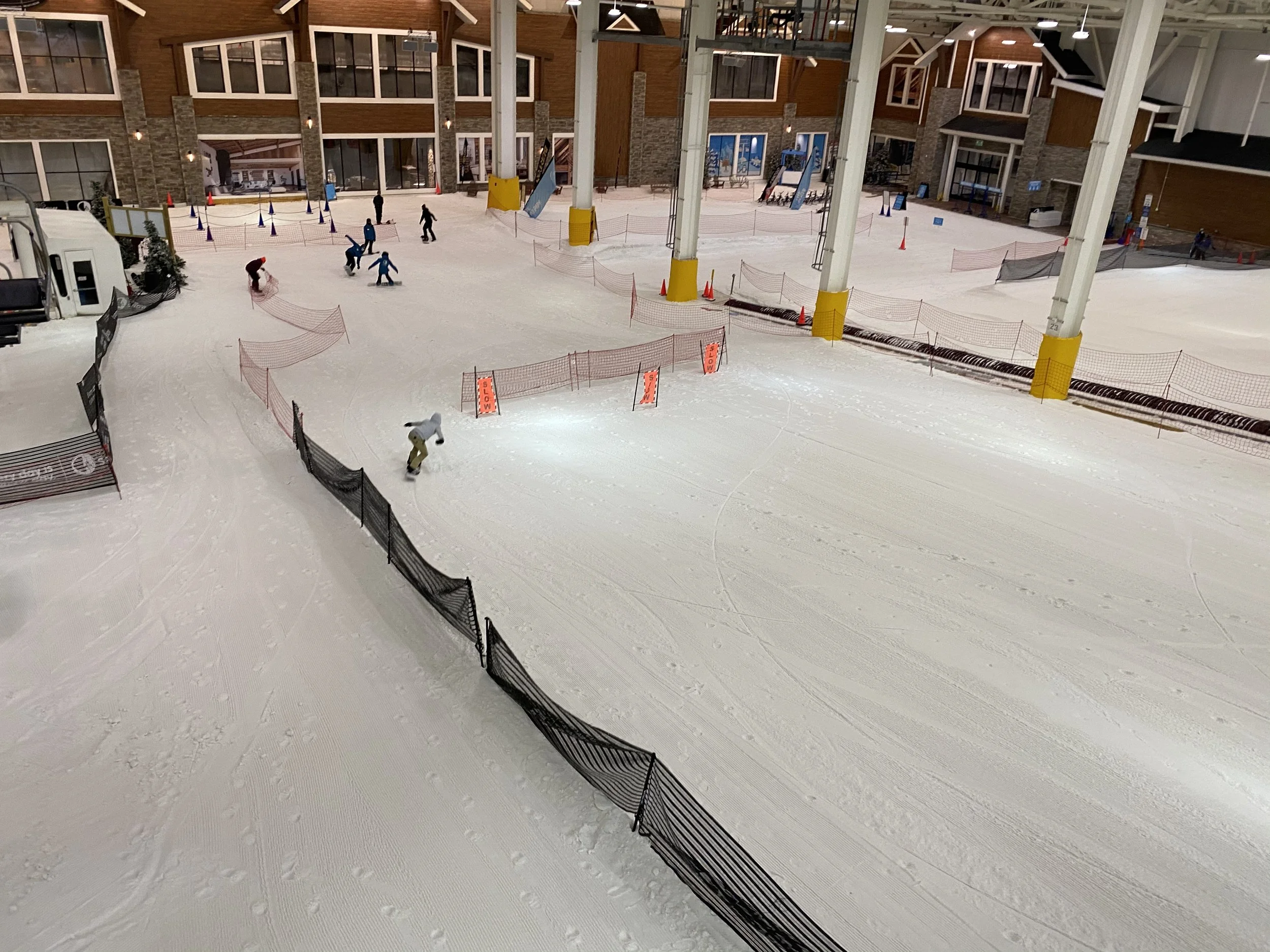
R -> Z
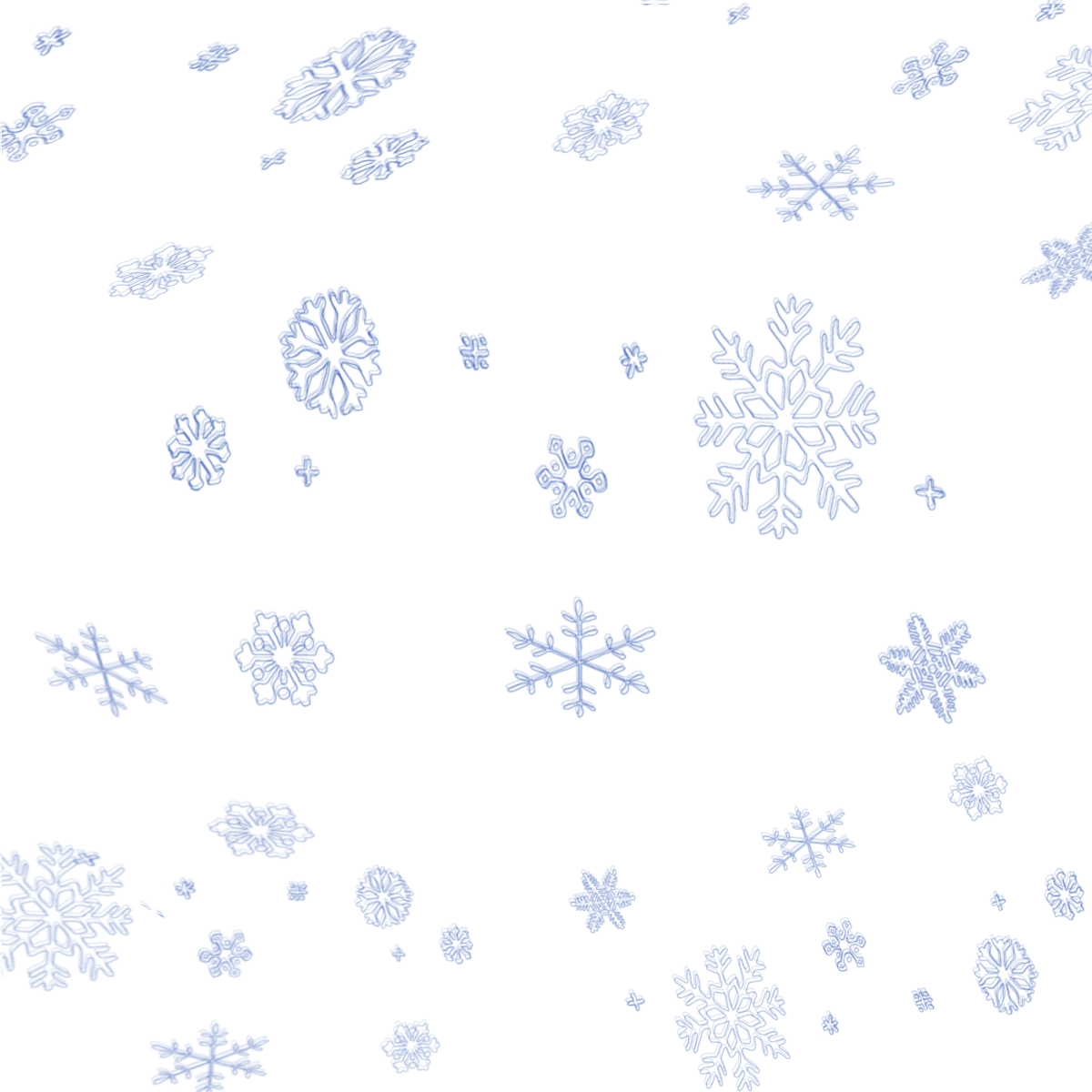
RCD -> The shorthand term for Right Corner Down. This is a command relative to the user in connection with their cognisance of [dnhl] as their constant orientation point.
RCU -> The shorthand term for Right Corner Up. This is a command relative to the user in connection with their cognisance of [dnhl] as their constant orientation point while negotiating the presence of [uphl] realities in their peripheral or in a strategy.
RFID -> Radio Frequency Identification. An RFID tag consists of a tiny radio transponder, a radio receiver and transmitter. When triggered by an electromagnetic interrogation pulse from a nearby RFID reader device, the tag transmits Digital Data usually and identifies inventory number back to the reader. This number can be used to inventory items such as lift tickets or pass holders for the mountain slopes.
Rise-n-Glide! -> The inevitable result of a quality application of the steps scripted in S.L.O.P.E. that ensues during the last step (“E” for EXO-cution). The body and gear are placed according to the formula and the mind chooses the optimal strategy to get the user to do less work in getting back up and gliding away effectively on the slope.
Rollover in Bed -> The act of simulation of the act of rolling over in bed. The body is as long and flat to the surface as is comfortable and weight is shifted through hips and shoulders to enable the user to roll over. Utilized in the S.L.O.P.E. script step “O” which stands for Operations.
Round the Clock -> The simulation or recreation of the act of hands moving around the clock. The fallen slope player has their hip embedded in the snow and uses their elbow to crank the body to move in a clockwise direction (or counterclockwise). Utilized in the S.L.O.P.E. script step “O” which stands for Operations.
Safety -> The primary Posture of the new alt version. Skis form a “Y Shape” by thrusting uphill ski to a 90 degree position while the tail is placed at a shoulder width distance from the downhill boot. The Body aligns into a pentagonal- 5 pt star as the head represents the top, the two arms outstretched with poles lightly planted are two upper points. The skis represent the lower points of the star and align with a reflective pentagonal pattern superimposed on the slope.
Samurai -> The way one carries their poles and conducts themselves when going to and from the lodge and the parking lot. The soul of the Samurai is the sword. The poles or gear for a player on the slopes is their soul. Carry it close to the left hip - loose, confident, and ready for anything.
Schmear -> The same principle as a slip, however pressure is given with the [dnhl] edge to create an effect whereby the tail fans out at an angle. This analogy used for this is the “schmear of cream cheese spread on the surface of a toasted bagel. There is pressure from the dull blade of the knife (edge) acting on the cream cheese (snow). It is not carving as that is a direct pressure strategy.
Scissor -> Skis and boots are spread apart one step ahead and one step back and recreate a scissor effect. This is done in anticipation of reaching the sweet spot support and the edge catch point in the “O” for Operations step in the S.L.O.P.E. script.
Sharktooth -> A pattern that takes the user through the diagonal drift while maintaining a locked posture in glide/safety. Peripheral vision and control is ample. The pattern mimics a sawtooth wave pattern. It can encompass the whole of the slope or a small measure of a 4 count.
Side Car -> Enhanced skill building bridge for peer to peer. The user and conductor aim [dnhl] while holding their poles in tandem as an elongated staff. Conductor is charged with the responsibility of maintaining the control and pace of the user while calling out commands and counts for learning. The User and Conductor move as a unit.
Side Slip -> Soft contact with the snow is what is commonly known as a side slip. It is done with a greater surface area of contact with emphasis on the base of the board (P-tex) rather than emphasizing the edge bite contact as a principle means to control the drive of the user. This is the primary learning pattern for snowboarding. It is a neutral mode of movement on the slopes.
S.L.O.P.E. -> The acronym stands for Slo-Mo, Locate, Operations, Pre-Launch, EXO-cution. S.L.O.P.E. is a script developed by the Slopefriend team for the benefit of slope players who need a guide in getting up from a fall and back into the game. This script is available for everyone to use in the MTN theater.
SlopeNav Orientation Chart -> A cognitive map developed by Slopefriend. A cognitive map is a mental representation of one’s physical environment. It allows the user to decode and interpret environmental cues relative to the user’s personal experience. The chart enables the user to explain the context of a command or description in a universally applicable manner. They are “stage directions” of a sort. Using the template of a compass with its eight directions of a primary and secondary division along with a magnetic north being the constant of relative interface with the chart. The advent of the inclusion of diagonal directions creates a dimension of experiencing slope play in an altogether different feeling. The division of the directions in the SlopeNav Orientation Chart compose two categories: The Major Quadrant and the Minor Quadrant. The SlopeNav Orientation Chart is the foundation in approaching the skills available to the user in the Slopefriend system. The chart works as a means to create a user POV centric reality on the slopes rather than the old method of the instructor POV.
Sloth Mode -> A reactionary decision by the slope user to engage the aftermath of a fall from play. It is a signal cue from the S.L.O.P.E. script that reminds the user to slow down their impulse to react to quickly so as to invite more danger to them.
Snowplow/Pizza/Wedge -> Skis form a wedge shape through bending and turning knees inward thereby thrusting the feet/boots outward. The tips are kept together and the base of the ski is held at a constant angle to slope. This is the primary posture in the older version. The Pizza reference is taken from instructors who have given the name to the posture to endear it to little kids. These kids can adapt quite well to this posture and quickly transcend its inherent limitations. These kids also do not play the status game and feel the joint and muscle strains that are part of using this posture to learn to ski.-> Skis form a wedge shape through bending and turning knees inward thereby thrusting the feet/boots outward. The tips are kept together and the base of the ski is held at a constant angle to slope. This is the primary posture in the older version. The Pizza reference is taken from instructors who have given the name to the posture to endear it to little kids. These kids can adapt quite well to this posture and quickly transcend its inherent limitations. These kids also do not play the status game and feel the joint and muscle strains that are part of using this posture to learn to ski.
Solo -> Learning system designed for the user to practice basic building block techniques and safety protocols on their own. This allows the user to control their own narrative. Whenever and however they are ready to move ahead with their learning - it is established on the user’s terms. The Solo method utilizes an app on a hand held phone and integrates with tools that allow the user to acquire verbal commands that are synced with kinesthetic learning exercises.
Squirrel Mode -> A reactionary decision by the slope user to engage the aftermath of a fall from play. It is a signal cue from the S.L.O.P.E. script that reminds the user to rapidly quicken their impulse to above normal pace so as to avoid oncoming hazards to their personal space.
SSA -> The shorthand for Slope Side A on the chart that is represented by the letter A enclosed in a circle. This is a visual cue to mentally link the A sticker that is placed upon the tip of the right ski of the user. It is essentially the right side of the slope relative to the constant of [dnhl] as the primary orientation point for the user. The term “right” is never used in this context as it tends to confuse matters. The designation term “left” and “right” are used sparingly in the Slopefriend system and it is done by design choice. (See Minor Quadrant).
SSB -> The shorthand for Slope Side B on the chart that is represented by the letter B enclosed in a circle. This is a visual cue to mentally link the B sticker that is placed upon the tip of the left ski of the user. It is essentially the left side of the slope relative to the constant of [dnhl] as the primary orientation point for the user. The term “left” is never used in this context as it tends to confuse matters. The designation term “left” and “right” are used sparingly in the Slopefriend system and it is done by design choice.(See Minor Quadrant)
Sweet Spot Support -> The safe and secure positioning of the body and gear in relation to the slope and the next target destination of the slope player. This placement of the body is calculated to allow laws of physics to work to the user’s advantage. Correlated to the edge catch point and is integral in the last two steps in the S.L.O.P.E. script - Pre-Launch and EXO-cution.
Target -> The act of the user in locating the next place to go. Kind of like a point and click of the cursor. The POV of the user is all important and makes the target function manifest a key element in staging the continually changing tasks for the user during their navigation experience on the slopes. The corresponding icon for the target term is Target Icon.
Three P’s -> One of the eight Slopefriend Operations Manual Categories for Human-Machine Learning en Piste. The Three P’S are: Posture. Pattern. Pathway.
Tractor Trailer -> An enhanced skill building exercise that is conducted as a peer to peer experience. The user is aiming skis [dnhl] and holds two poles (lever style) aloft. The conductor either glides or steps backwards (freeboots) while guiding the user through edge drive serpentine (slalom) turning and controls their inertia. At the appropriate moment - the conductor provides a command call to the user to hack the ¾ - thereby gaining instant acquisition of the skill of slalom turns.
[uphl] -> The shorthand for uphill in the chart and is represented by the Mountain Icon. This is the primary POV in the mainstream where teaching is expressed through the lens of the instructor looking uphill at the beginner. For Slopefriend it is very important to be aware of this direction as oncoming traffic tends to approach from [uphl]
USSA -> United States Ski & Snowboard Association. The national governing body for competitive skiing and snowboarding. They answer to FIS in organization of international events and ranking competitors. Their headquarters are located in Park City, Utah.
Wicket -> A triangular shaped open circuited wire frame or a zip tie that acts as a means to fasten a lift ticket to the zipper or grommet on parka or pants.



